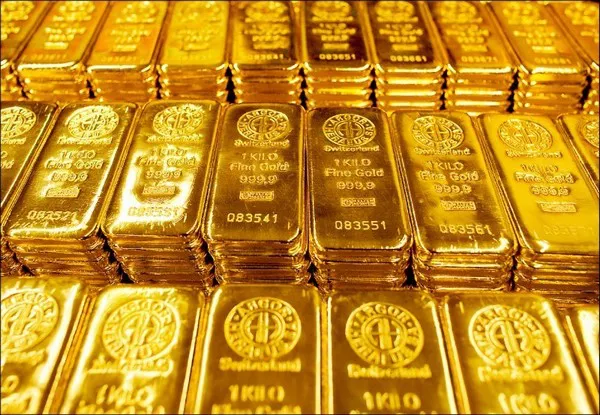In a recent analysis by Capital Economics, the volatile surge in gold prices above $2,400 last week is speculated to mark the apex for the precious metal in 2024. The firm attributes this potential peak to market adjustments spurred by expectations of the Federal Reserve prolonging its aggressive monetary policy.
Caroline Bain, Chief Commodity Economist at Capital Economics, expressed in a report released on Friday her bullish sentiment towards gold for the year. However, she cautioned that the current price surge has exceeded initial projections, anticipating a regression to more moderate levels by year-end.
Bain highlighted the disparity between the 16.5% increase in gold prices since the year’s outset and the interest rate outlook. She noted correlations between positive US employment data, CPI fluctuations, and simultaneous upticks in gold prices, alongside Treasury yields and the US dollar.
Maintaining her year-end gold price forecast at $2,100 per ounce, Bain also projected silver prices to hover around $26 per ounce by the close of the year.
Despite a slight retreat from Friday’s peak, gold continues to maintain robust gains, remaining within record territory. June gold futures recently traded at $2,394.10 per ounce, registering a nearly 1% increase for the day.
Bain acknowledged recent safe-haven demand for gold amidst geopolitical tensions in the Middle East but cautioned against its sustainability. She pointed out weakening performance of other safe-haven assets like the Swiss Franc and persistent outflows from European gold ETFs.
Identifying physical bullion demand in China as a primary driver for gold’s resilience against shifting monetary policy expectations, Bain cited record-high premiums on the Shanghai Gold Exchange compared to London-listed prices. However, she anticipates a weakening of this demand trajectory as the year progresses.
Bain attributed Chinese investors’ interest in gold to limited investment alternatives within China, amidst property devaluation and equity market downturns. However, she forecasted a gradual decline in this fervor, with traditional market drivers regaining prominence later in the year, predicated on an anticipated partial recovery in Chinese equities.

